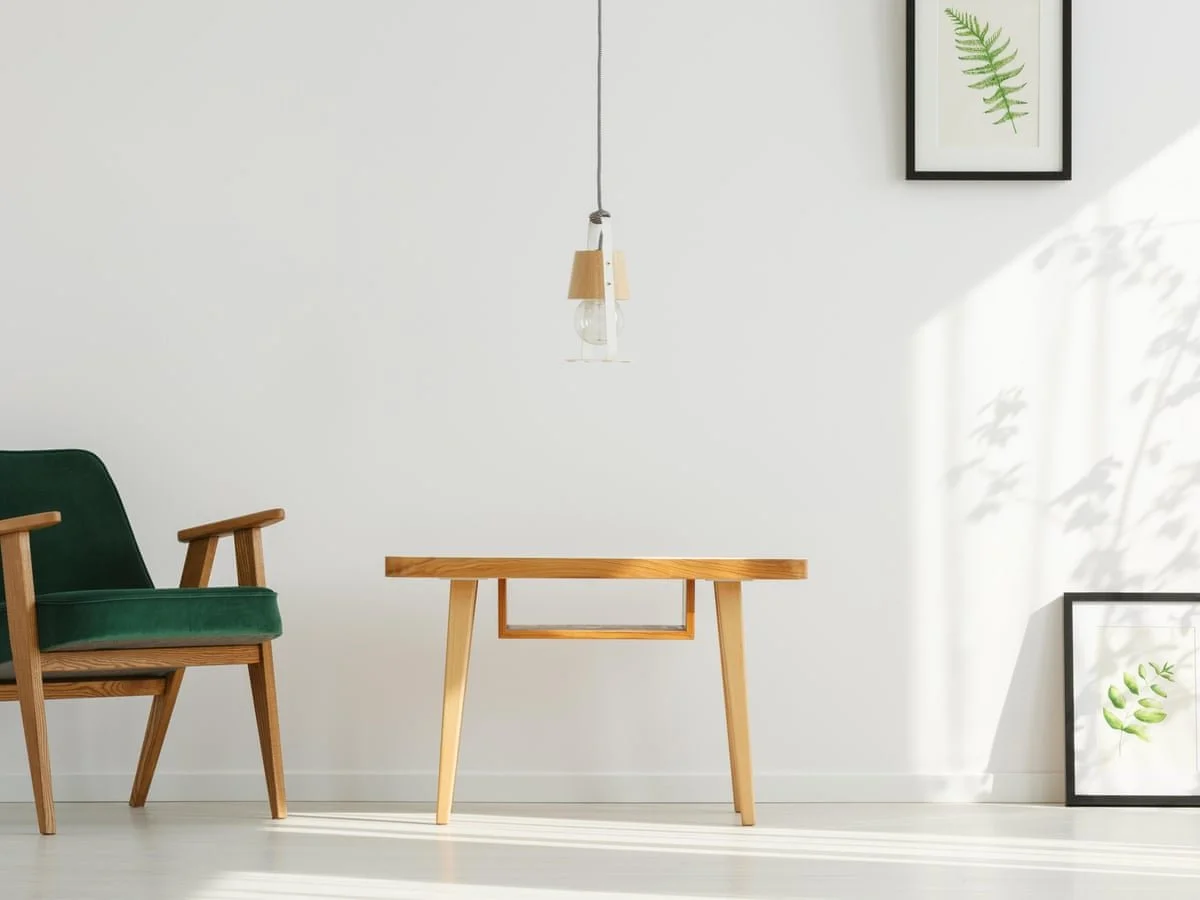Keeping it Simple
Being in the TESOL program, my practices as a teacher have always been focused on assessing the students' needs and supporting them in the kind of learning that they want to achieve. While I can not presume to know or understand any of my students' experiences outside my classroom, my goal is to foster a space where it is comfortable to reflect and even criticize the journey of learning, so that I could better accommodate my students. I am constantly driven to apply my teaching theory and see how it plays out in the classroom or the results it concludes.
At the same time, I have often realized that sometimes the tasks that I’m trying to design are so overly complicated, experimental, or conceptual that they fail to provide students with the actual knowledge or tools they need. Particularly, in an integrated language classroom, the amount of class or unit objectives between all the skills of language can be overwhelming for both the student and the teacher. I have realized that educational practices do not always have to be revolutionary or inspiring. In fact, some of my best teaching moments have come out of simple error correction or information gap activities. I want to give my students the space to fall before they can grow. Just like in an information gap activity, the space between those two points is where both their learning and my own take place. I always ask my students to reflect on the experience of an activity, whether they found it helpful and engaging or if they think it fell short of meeting a particular objective. While I think classroom routines and goals determined by teachers are important, I think it’s even more important to gauge the student's learning process and not force something into the classroom if it’s not working (even if it might work in other classrooms). For example, many of my students in the CLP are Columbia students in other programs and do a lot of academic reading. For this reason, I have tried to incorporate academic essays and TED talks into my classroom to challenge my students to think about these bigger ideas.
